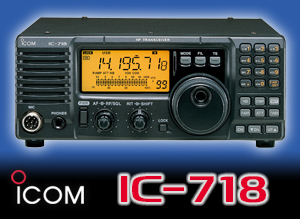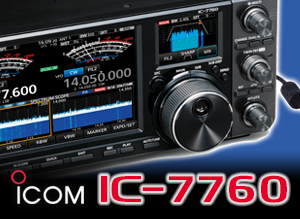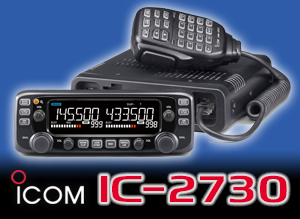COOKIES ON THE RSGB WEBSITE
Necessary cookies
The RSGB uses necessary cookies to make our site work.
Necessary cookies enable security and accessibility functions on the website and allow features such as Membership Services login to work. You can disable these cookies in your browser settings, but this may adversely affect the website's functionality.
For more information see our Cookie Policy page.
--------------------------------------------------------
Analytics cookies
We would also like to set optional analytics cookies that show how you are using the website, so we can improve the way it works. These cookies are only set if you opt into them under the View Preferences option.
For more information see our Cookie Policy page.
--------------------------------------------------------
Marketing cookies
Some third party content providers featured on our site may use marketing cookies. To see this content either enable marketing cookies here, or opt-into them when prompted.
The technical storage or access is strictly necessary for the legitimate purpose of enabling the use of a specific service explicitly requested by the subscriber or user, or for the sole purpose of carrying out the transmission of a communication over an electronic communications network.
The technical storage or access is necessary for the legitimate purpose of storing preferences that are not requested by the subscriber or user.
The technical storage or access that is used exclusively for statistical purposes.
The technical storage or access that is used exclusively for anonymous statistical purposes. Without a subpoena, voluntary compliance on the part of your Internet Service Provider, or additional records from a third party, information stored or retrieved for this purpose alone cannot usually be used to identify you.
The technical storage or access is required to create user profiles to send advertising, or to track the user on a website or across several websites for similar marketing purposes.












